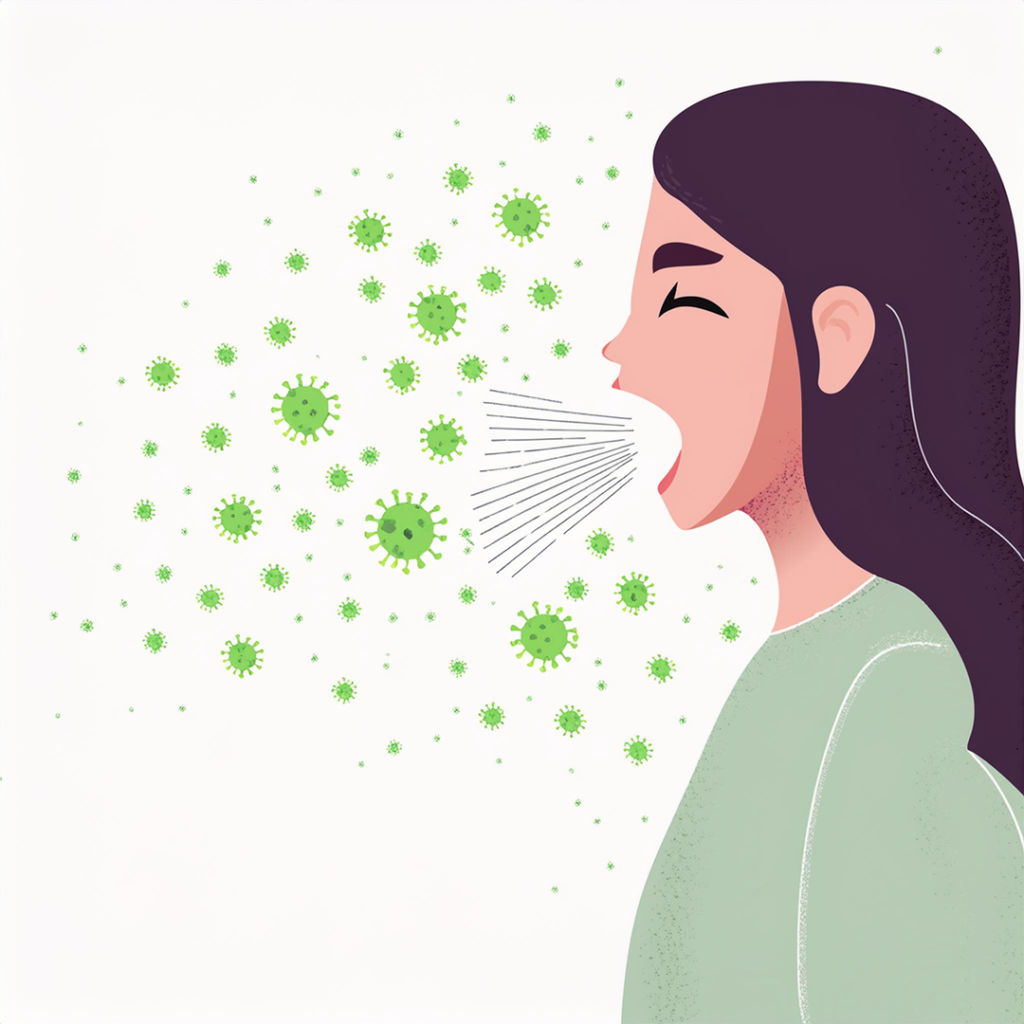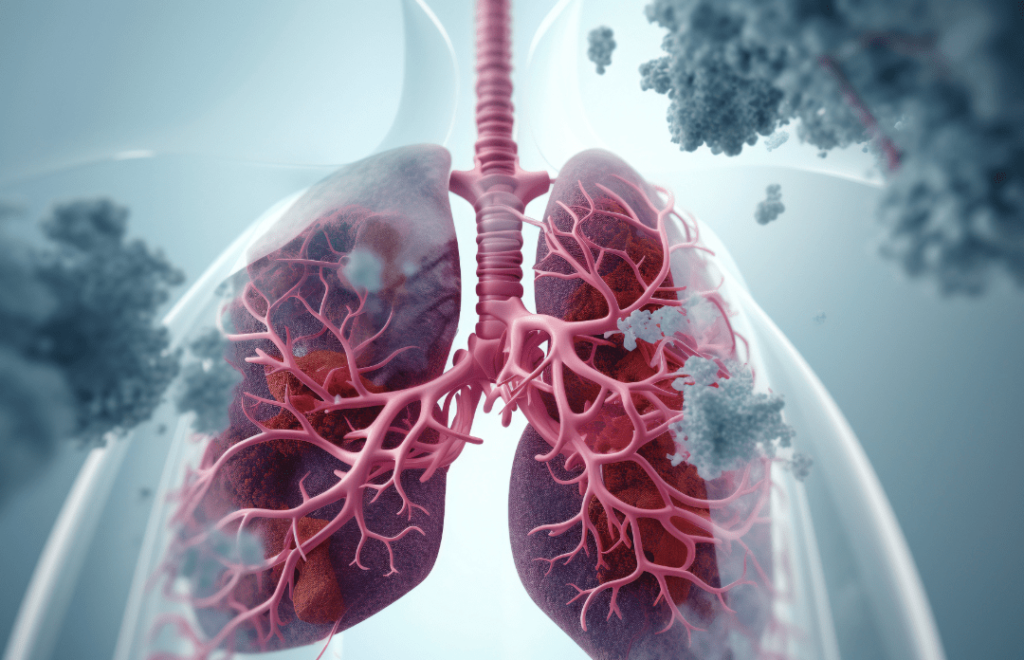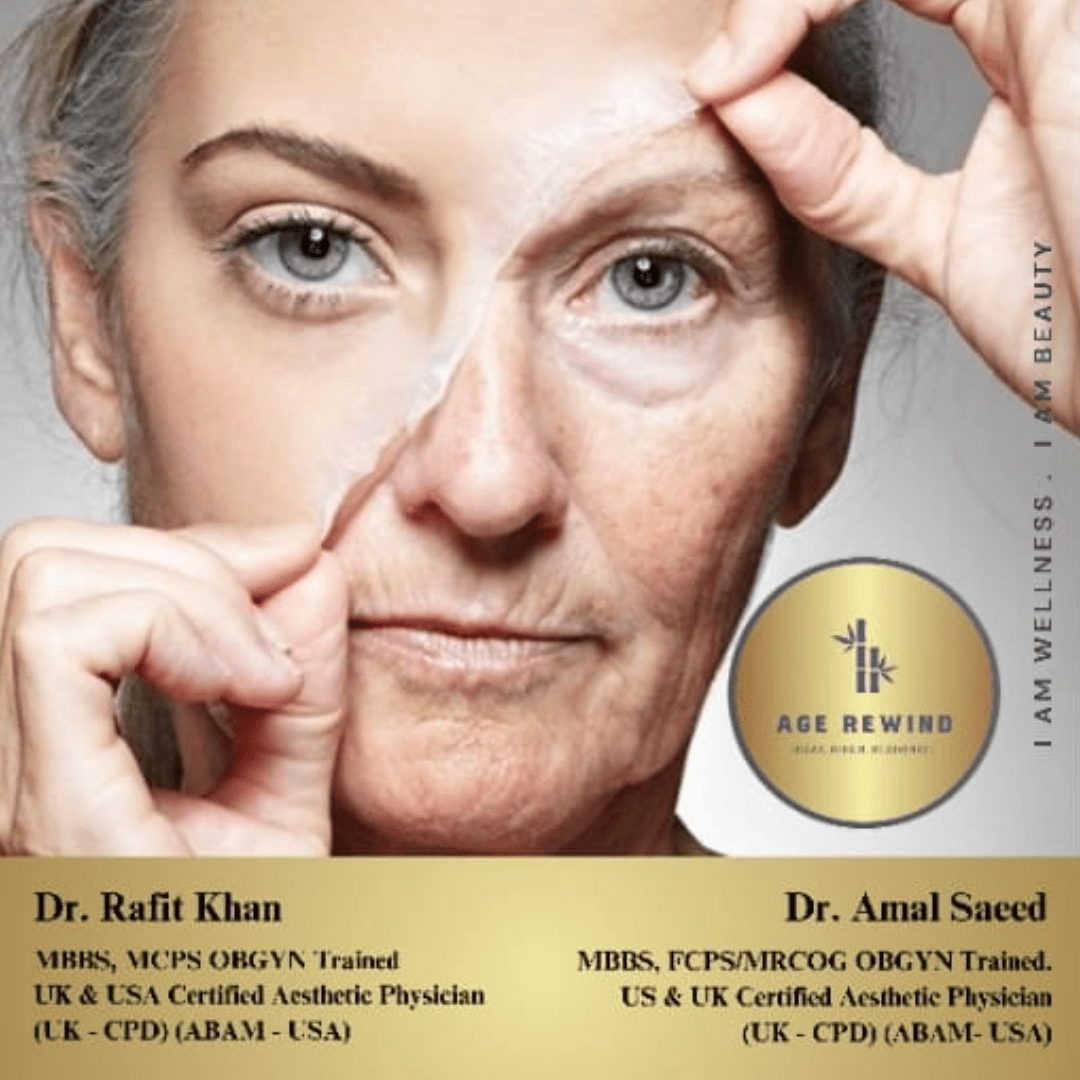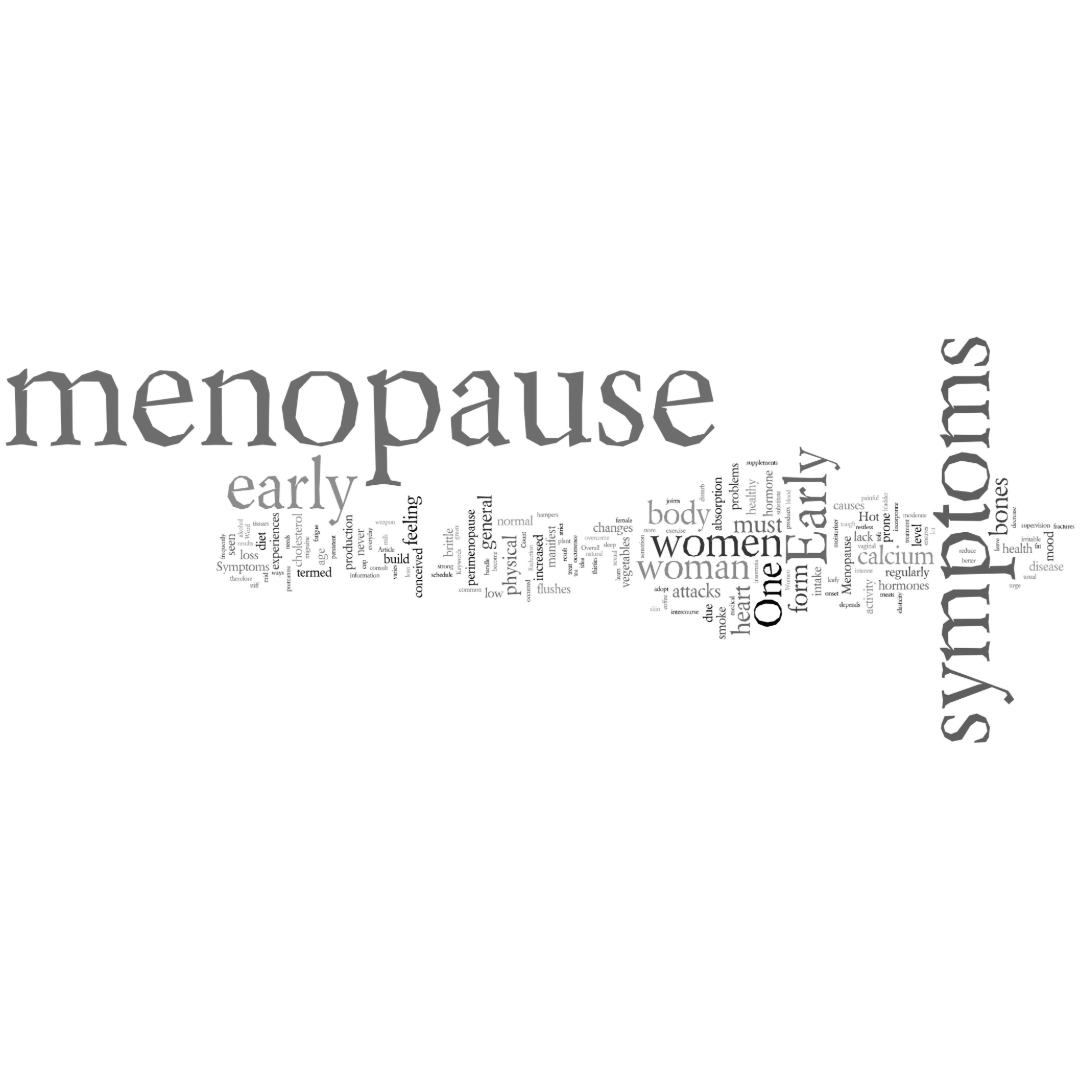The FLU-Vaccine
Patient Information Blogs The FLU-Vaccine Courtesy of: Dr. Musa Qazi; Sen. Reg. Internal Medicine, Medicsi 26/05/2024 The FLU-Vaccine Courtesy of: Dr. Musa Qazi; Sen. Reg. Internal Medicine, Medicsi 26/05/2024 Vaccines are biological preparations that can protect individuals from some otherwise fatal infections. The term ‘vaccines’ is used interchangeably with the terms "Vaccinations" or "Immunizations." The flu (medical term: Influenza) is a viral infection that can cause fever, fatigue, body aches, cough and other respiratory symptoms. Additional symptoms may also occur. In the absence of appropriate measures, especially in the immuno-compromised or in those at the extremes of age, things may get more serious. Examples include the usual "seasonal" flu, the H1N1 pandemic of 2009-10 (also called the "swine" flu), and the bird flu (also called the "avian" flu). The available flu vaccines currently do not protect against bird flu. Here, the discussion specifically entails the ‘seasonal flu’. The vaccines are available in different forms. A consultation with the doctor may help in deciding which form would be better suited to you. A shot that goes into the muscle A nasal spray Vaccines are biological preparations that can protect individuals from some otherwise fatal infections. The term ‘vaccines’ is used interchangeably with the terms "Vaccinations" or "Immunizations." The flu (medical term: Influenza) is a viral infection that can cause fever, fatigue, body aches, cough and other respiratory symptoms. Additional symptoms may also occur. In the absence of appropriate measures, especially in the immuno-compromised or in those at the extremes of age, things may get more serious. Examples include the usual "seasonal" flu, the H1N1 pandemic of 2009-10 (also called the "swine" flu), and the bird flu (also called the "avian" flu). The available flu vaccines currently do not protect against bird flu. Here, the discussion specifically entails the ‘seasonal flu’. The vaccines are available in different forms. A consultation with the doctor may help in deciding which form would be better suited to you. A shot that goes into the muscle A nasal spray Do I need to get vaccinated? Yes, all those aged 6 months or older should get themselves vaccinated against the flu. For people who are immunocompromised or suffering from other serious health issues, the doctor would sketch out a vaccination plan, including vaccinations against some other commonly occurring infections. How frequently do I need to get vaccinated with the flu-vaccine?Ideally, every year. What is the best time to get vaccinated?Usually, just before the winter season begins. The doctor would go through your past vaccination history and consequently, assess if more than one dose is to be administered. Do otherwise healthy individuals need to get vaccinated? Yes, it can help you from getting the infection. Even if you catch the infection, it would help reduce the severity of symptoms. More importantly, it can also protect those around you from getting sick. It is important to know that the effectiveness of the vaccine varies from year to year. This is because, over time, viruses evolve. Hence vaccine development is a continual process, and so should its administration be. Does the flu-vaccine cause any side-effects? Usually, none that serious.Mild symptoms may occur and include; Mild fever Mild Rash Headache or body aches Redness or soreness for a short span of time (in case the vaccine was in the form of a shot) The occurrence of serious allergic reactions is rare. The flu-vaccine in itself does not make one sick. If symptoms occur, they are usually linked to the fact that the person had already gotten sick with the flu or with another virus, at the time the vaccine was administered. The flu vaccination and a COVID-19 vaccination may be done at the same time. Pregnancy and the flu-vaccineDuring pregnancy, the flu symptoms can aggravate very rapidly, even to the extent of leading to adverse outcomes for the mother and the baby. The flu vaccine for these individuals, is hence, very important. I have an egg-allergy, would the flu-vaccine be safe?Although some forms of flu vaccines contain trace amounts of egg, the amount is not sufficient enough to trigger an allergic reaction in those who have egg-allergy. The flu vaccine should still be used. Are any additional measures required of me? Frequent hand-washes using soap and water. Alcohol-based hand rubs can be used, alternatively. Avoidance of close contact with those who get sick. How can I play my part in reducing the spread?If you get infected, it is imperative to adopt appropriate measures to prevent the spread of the disease in the community. To prevent the spread via respiratory secretions/droplets, you must place the inside of your elbow over your mouth and nose when coughing or sneezing. You may have to skip work or school. This is done till you’re off a fever for at least 24 hours, without having to use fever-reducing-medications. Those working in healthcare settings may need extra time off if they’re persistently symptomatic. There are available antiviral medicines that may help protect you from the flu, however, their use is not always appropriate for everyone. Additionally, they are effective only when taken early in the course of the infection. Timely vaccination helps prevent infection, and subsequently serious flu-related complications! Do I need to get vaccinated? Yes, all those aged 6 months or older should get themselves vaccinated against the flu.For people who are immunocompromised or suffering from other serious health issues, the doctor would sketch out a vaccination plan, including vaccinations against some other commonly occurring infections. How frequently do I need to get vaccinated with the flu-vaccine?Ideally, every year. What is the best time to get vaccinated?Usually, just before the winter season begins. The doctor would go through your past vaccination history and consequently, assess if more than one dose is to be administered. Do otherwise healthy individuals need to get vaccinated? Yes, it can help you from getting the infection. Even if you catch the infection, it would help reduce the severity of symptoms. More importantly, it can also protect those around you from getting sick.











